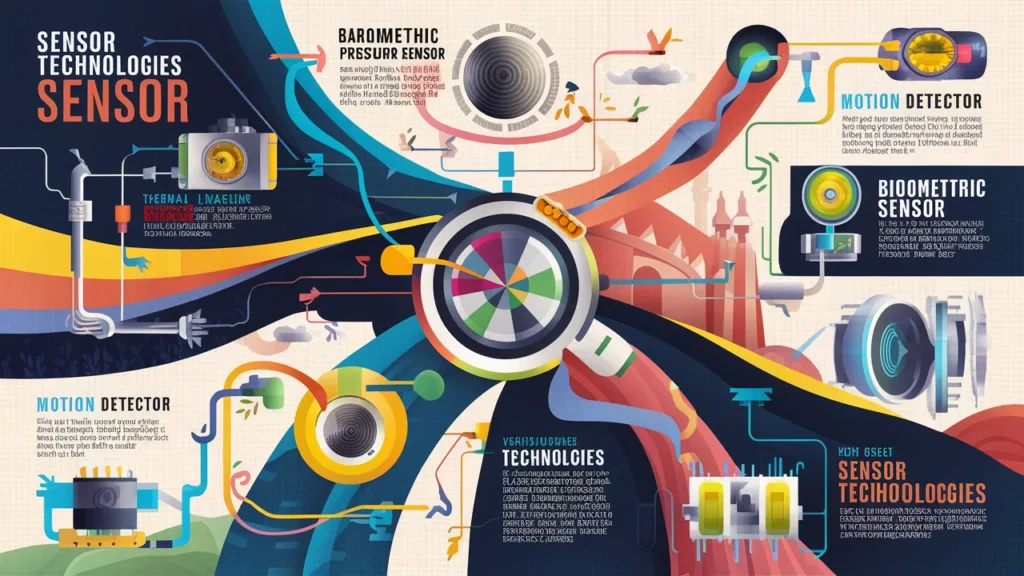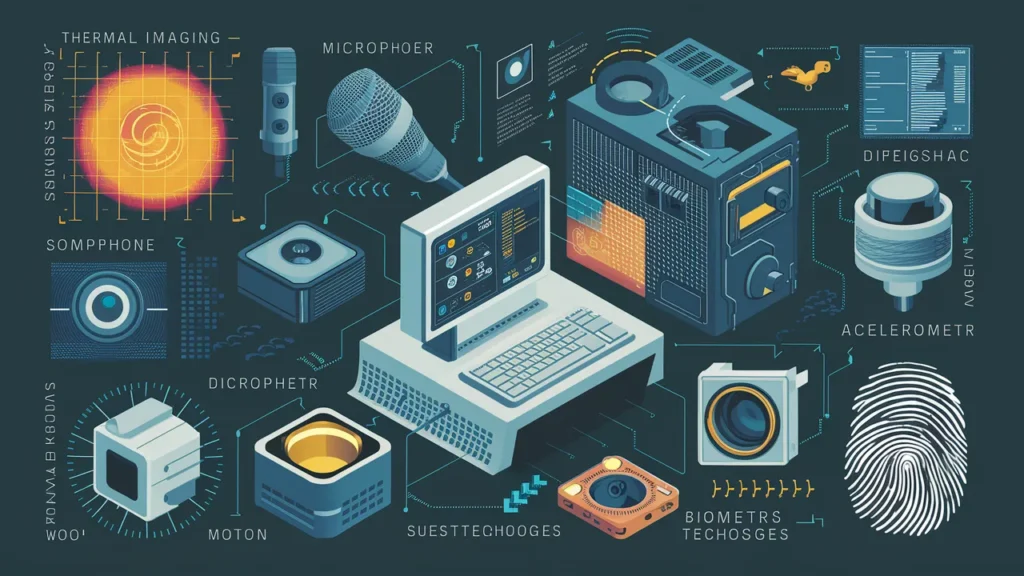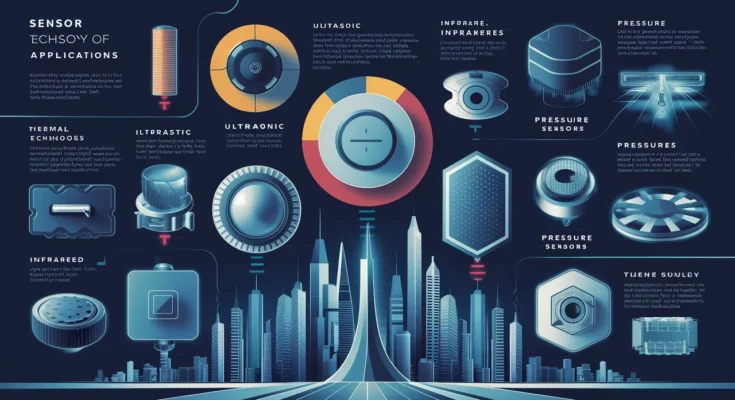In our increasingly interconnected world, sensors play a vital role in capturing data and enabling various technologies to function efficiently. From monitoring environmental conditions to facilitating automation in industries, sensors come in diverse types and employ different technologies to fulfill specific purposes. This article delves into the realm of sensor technology, exploring various types of sensors and their functionalities.

Introduction to Sensors
Sensors are devices that detect and respond to input from the physical environment. They convert physical quantities such as temperature, pressure, light, or proximity into electrical signals that can be interpreted by electronic devices. Sensors are integral components in fields like automotive, aerospace, healthcare, agriculture, and consumer electronics.
FAQs about Types of Sensors
1. What are the different types of sensors?
- There is a wide range of sensor types, including temperature sensors, pressure sensors, proximity sensors, motion sensors, humidity sensors, gas sensors, and many more. Each type serves a specific purpose based on the parameters it detects.
2. How do sensors work?
- Sensors operate based on various principles such as resistive, capacitive, inductive, and optical. For instance, a temperature sensor might work by measuring the change in resistance of a material with temperature, while a proximity sensor may utilize infrared or ultrasonic waves to detect nearby objects.
3. What are the common technologies used in sensors?
- Sensors employ diverse technologies, including but not limited to:
- Resistive: Changes in electrical resistance.
- Capacitive: Variation in capacitance.
- Inductive: Alterations in inductance.
- Optical: Utilizing light to measure changes.
- Piezoelectric: Generating electrical charge in response to mechanical pressure.
- MEMS (Micro-Electro-Mechanical Systems): Integrating mechanical and electrical components on a small scale.
4. How are sensors categorized?
- Sensors can be categorized based on the physical quantities they measure (e.g., temperature, pressure), their operating principles (e.g., resistive, capacitive), or their applications (e.g., automotive sensors, biomedical sensors).
5. What are some examples of sensors in everyday life?
- Everyday examples of sensors include:
- Thermometers (temperature sensors).
- Light sensors in smartphones and cameras.
- Proximity sensors in automatic hand dryers or faucets.
- Motion sensors in security systems or automatic doors.
- Gas sensors in smoke detectors.

Types of Sensors and Their Technologies
1. Temperature Sensors
- Technology: Resistive, thermocouple, thermistor.
- Functionality: Measure temperature changes in various environments.
2. Pressure Sensors
- Technology: Piezoresistive, capacitive, piezoelectric.
- Functionality: Detect changes in pressure, used in applications like tire pressure monitoring systems, industrial machinery, and medical devices.
3. Proximity Sensors
- Technology: Inductive, capacitive, ultrasonic.
- Functionality: Detect the presence or absence of nearby objects without physical contact, commonly found in smartphones, robotics, and automotive systems.
4. Motion Sensors
- Technology: Infrared, microwave, ultrasonic.
- Functionality: Detect movement or changes in position, used in security systems, automatic lighting, and gaming consoles.
5. Humidity Sensors
- Technology: Capacitive, resistive, thermal.
- Functionality: Measure the moisture content in the air, vital for applications such as weather monitoring, HVAC systems, and agricultural practices.
6. Gas Sensors
- Technology: Electrochemical, semiconductor, infrared.
- Functionality: Detect specific gases in the environment, essential for safety monitoring in industries, environmental monitoring, and air quality assessment.

7. Light Sensors
- Technology: Photodiode, phototransistor, photoresistor.
- Functionality: Measure ambient light levels, used in automatic brightness adjustment in displays, streetlights, and optical devices.
Conclusion
Sensors are ubiquitous in modern technology, enabling devices and systems to interact with the physical world intelligently. Understanding the various types of sensors and their underlying technologies is crucial for designing efficient and reliable systems across a multitude of industries. Whether it’s monitoring environmental conditions, ensuring safety in industrial settings, or enhancing user experience in consumer electronics, sensors continue to drive innovation and progress in countless applications.



Good – I should certainly pronounce, impressed with your website. I had no trouble navigating through all tabs as well as related info ended up being truly easy to do to access. I recently found what I hoped for before you know it in the least. Reasonably unusual. Is likely to appreciate it for those who add forums or something, web site theme . a tones way for your customer to communicate. Nice task..